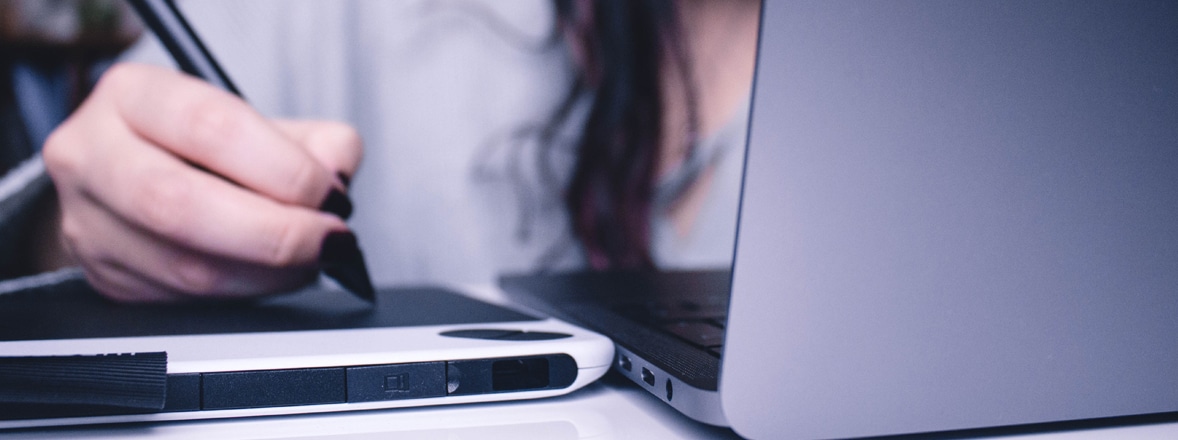Landing jobs is hard. Landing a job as a designer I feel is even harder. Personally, I’ve had my fair share of heartbreak upon seeing the words “Unfortunately you were not chosen for the position” or worse, not getting a response at all. I knew there was something I wasn’t doing quite right. Whether it was being super nervous during the interview or presenting a sub-par portfolio and resume. Fortunately, from all my failed attempts at securing a job (and from working here at Lucca AM), I learned a few things that I hope will lend a hand to you, my fellow designers in hopes that you snag that job you’ve set your heart on.

Provide a visually appealing resume.
Being designers, we have the responsibility to take every opportunity that we have to make everything beautiful and that includes our resumes. Instead of whipping together a list of all your achievements in Word, use your designer instincts and treat your resume like you would any other project. Find the best color palette, font, and arrangement that best showcase your talents. Remember, first impressions do matter. If your prospective employer sees you’ve made the effort to design your resume, it’ll bring you that much closer to getting hired.
Build a strong portfolio.
Your portfolio is the one tool you have that you can use to show what you are capable of. It gives you the opportunity to showcase your best project, which is why you should only include your strongest pieces. While it may be nice to send in a portfolio that has pages upon pages of work, it does very little to impress if most of it is work that you aren’t too hyped to put in there. If you aren’t proud of that project, don’t add it in.
If you find yourself short of pieces to show off, take time to try and create something you want to add to showcase your strengths. Whether it’s revamping a company’s logo or creating a faux brochure from scratch, I found myself in the same situation. I created a logo and menu for a make-believe high tea cafe called “Hummingbird” which happens to be Lucca AM’s icon.
Format your portfolio so you are able to best describe the artwork. Your prospective employer will be interested in what projects you have had the opportunity to design. Make sure that you include:
- What the project is (a logo design, a brochure or a menu.)
- What the project objective was
- What tools you used to design
Your portfolio should be your best piece yet so be mindful of margins, padding, and spelling errors.
Make your portfolio “responsive”.
Nowadays, there are many ways to deliver information. We’ve got good old snail mail and email to name some. Because of this, you want to make sure you cover all available ways to show your off your portfolio. Below are 3 different ways you can present your portfolio in and the pros and cons of each type.
- Printed
PRO: This gives you the opportunity to play with different paper weights and textures as well as other uncommon media to show off your work.
CON: Since it’s a physical item, you either have to drop it off or mail it in. It could also be expensive. - Digital File
PRO: Digital files don’t cost you a thing. It also means you can attach your file to an email-your recipient will have it instantly.
CON: You’re relying solely on visual. You also run the risk of having a file size too large to attach to an email. - Website
PRO: It’s the most convenient way to show off your portfolio. You also have the chance to make it interactive.
CON: Your site could load slow, or your recipient may not have access to the internet.
Send your portfolio in right away.
While it’s customary to first send your resume, don’t give your prospective employers the chance to pass you by and be proactive by making sure you send in your portfolio too. Your resume says that you know how to use Illustrator; your portfolio shows what you can do with it.

